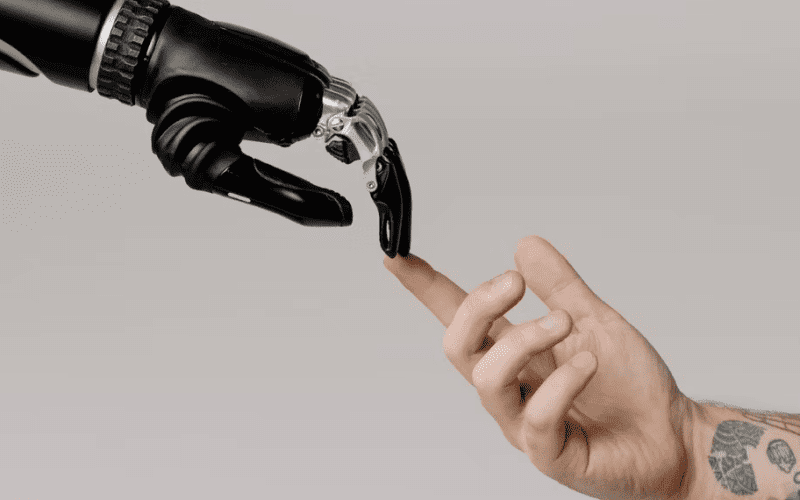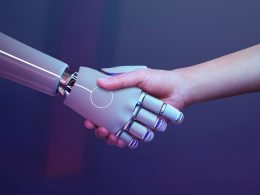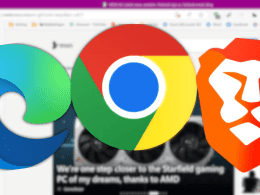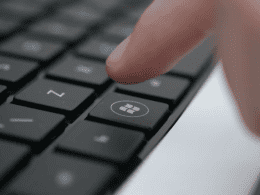The Evolution of AI Testing
Over the years, AI testing has evolved to meet the challenges posed by advancing technology. The Turing test, a benchmark for identifying artificial intelligence, has been a staple for decades. However, recent developments have led to the question: Is the Turing test still effective in distinguishing AI from humans? Here are the best Turing test Alternatives.
The Limitations of the Turing Test
Understanding the fundamental workings of the Turing test is crucial to assessing its relevance today. Originally designed to gauge an AI’s ability to convince a human interrogator of its humanness, the test is based on text-based responses. But does this approach truly encapsulate the intricacies of AI-human interactions?
Exploring Alternatives to the Turing Test
As AI technologies advance, alternatives to the Turing test have emerged. These alternatives aim to address the shortcomings of the original test and provide a more comprehensive evaluation of AI capabilities.
5 Alternatives to Consider
- The Marcus Test: Proposed by cognitive scientist Gary Marcus, this test focuses on an AI’s ability to comprehend and interpret media content, such as videos and TV shows, akin to human understanding.
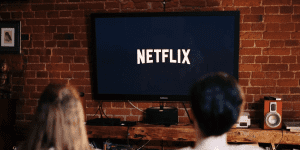
Image by https://www.makeuseof.com/ - The Visual Turing Test: Leveraging images rather than text, this test challenges AIs to respond to image-based questions, revealing their capacity to think and react like humans.
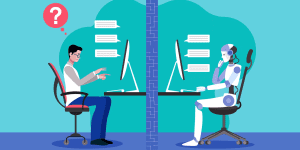
Image by https://www.makeuseof.com/ - The Lovelace 2.0 Test: Based on Ada Lovelace’s concept of AI creativity, this test examines an AI’s capacity to generate original ideas that surpass its training.
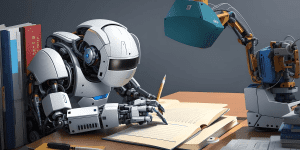
Image by https://www.makeuseof.com/ - Reverse Turing Test: Flipping the traditional Turing test, this alternative involves tricking an AI into believing another AI is human, highlighting the nuances of AI-generated content.
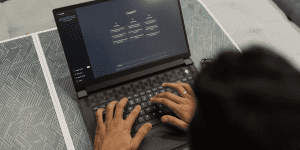
Image by https://www.makeuseof.com/ - AI Classification Framework: Developed by Chris Saad, this framework assesses AI intelligence across multiple dimensions, revealing strengths and limitations beyond the Turing test’s scope.
Conclusion: Moving Beyond the Turing Test
As AI progresses, the Turing test faces limitations, particularly in encompassing the array of AI-human interactions, including speech, visuals, and complex thinking. While it remains an integral part of AI history, exploring alternative evaluation methods is necessary to better differentiate between AI and humans in this rapidly evolving landscape. These alternatives provide a more nuanced and comprehensive understanding of AI capabilities, paving the way for a new era of AI testing.






